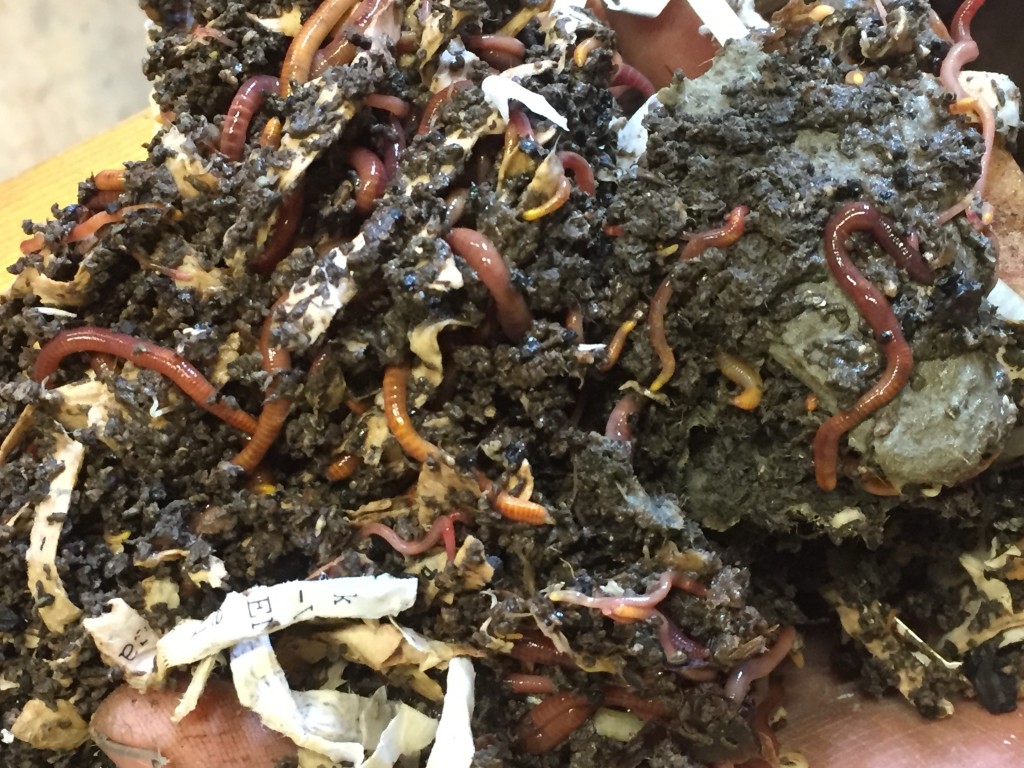The Red Wiggler Express Statements
Table of ContentsRed Wiggler Express Things To Know Before You Get ThisSome Known Details About Red Wiggler Express An Unbiased View of Red Wiggler ExpressAbout Red Wiggler ExpressGetting My Red Wiggler Express To Work
And the growing Red Worm populace? Also in the heap that was set up directly in front of backyard composters with existing Red Worm nests.
Several selections, including Red Wigglers, European Nightcrawlers, and Lumbricus types were brought over from the European continent. Yet below's the thingNative or otherwise - and as skilled as they are at being able to endure in a wide-range of settings and problems -. Simply put, they are even more most likely to socialize in any kind of energetic composting systems you have established, than they are to wander off and begin destroying the environment.
Roots need oxygen for respiration and count on smooth air flow within the soil to prosper. When it rainfalls, dirt can end up being saturated with water, reducing the oxygen readily available and preventing vitamins and mineral absorption. To maintain an ideal balance, the soil must permit water to drain adequately, leaving enough room for air to sustain root wellness
The Main Principles Of Red Wiggler Express

When it pertains to worms for composting, what comes to mind? If you were an earthworm breeder, dealer, or simple gardener, then you would certainly understand that red wiggler worms are the ideal worms for vermicomposting. To read more about these planet marvels, checked out some of the red worm truths listed below.
(https://aajkaltrend.com/page/business-services/red-wiggler-express)Yet if they stretch their bodies, you'll have the ability to see the stripes on their skin. When raising worms such as red wiggler worms, you need to have the ability to recognize just how to make excellent usage of them. When you're able to maintain and look after their habitat well, and additionally feed them the right sort of organic wastes, then they'll be able to produce nutrient-packed and quality-rich worm castings for you (additionally recognized as worm poop or compost).
8 Easy Facts About Red Wiggler Express Shown
So, what do worms eat? Well, these red wriggler worms can be fed with kitchen scraps and garden wastes. Any kind of worn out natural stuff will do like vegetable and fruit peels, smashed egg coverings, used tea bags, coffee premises, grass cuttings, completely dry leaves, and others. Yet see to it not to feed them foods items that are oily, citrusy, or has meat or dairy products in them. Red Wigglers For Bait.

This behavior makes them appropriate permanently in worm containers, compost heap, and other confined spaces where natural waste is bountiful. Producing an optimal environment for red wigglers calls for a thoughtful strategy. Take into consideration the complying with vital aspects to take care of red wigglers at home and guarantee their wellness: Utilize a bed linen of shredded newspaper or cardboard.

Red wiggler worms recreate by laying little, lemon-shaped eggs in safety cocoons. These cocoons are normally deposited in the bed linens and hatch into baby worms within a few weeks.
The smart Trick of Red Wiggler Express That Nobody is Talking About
Their versatility and strength have made them a popular selection for vermicomposting in various regions around the globe. Yes! They can survive from a variety of 32F to 90F. They are super versatile critters. Think about protective procedures for very severe temperatures such as: Protecting the worm container with layers of straw or leaves.

When taking care of your red wigglers it is necessary to keep in mind to: 1) K.I.S.S (Keep it Simple) and 2) everything in moderation. These regulations relate to feeding your compost worms, watering your worm containers, and almost whatever else involved in taking care of them. Just remember - you can always include even more food later on (yet it's difficult to eliminate feed once it's been added to a bin!).
Because I fed the red wigglers and garden compost worms as well a lot, they weren't able to keep up and over time the older food went leftover and produced anaerobic problems that killed the worms. Here're the 6 golden guidelines for just how typically and how much to feed your worms: Policy # 1: Small amounts!
The Buzz on Red Wiggler Express
Leftover food will result in anaerobic conditions that will certainly eliminate your real-time worms. It is alright to sprinkle a little of their initial bedding (which should currently remain in the container) over the food, but the food ought to never be hidden and should be noticeable to your eye. Regulation # 5: See rule # 1! Regulation # 6: After the initial feeding, feed the worms 1/3 to 1/2 of their weight.